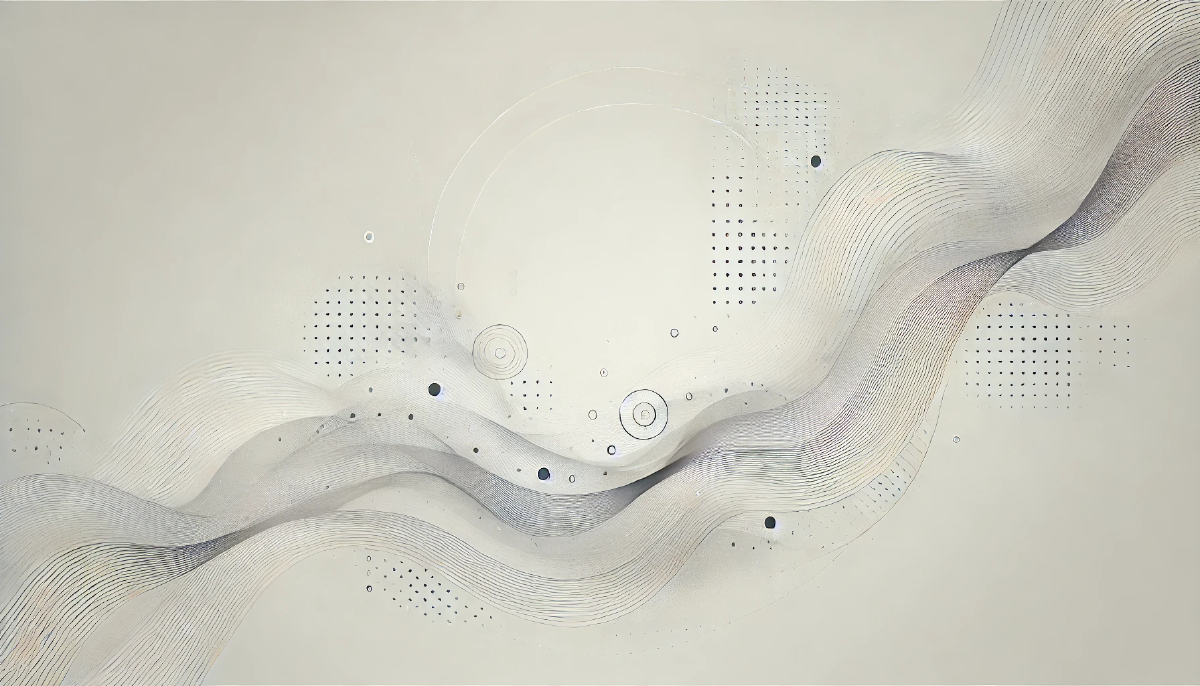Reference No.: 201
Title: Introduction To Winemaking
Author: GuildSomm International
Primary Topic: Farming
Year: 2019
URL: https://youtu.be/2PIvfUvlBvg?si=Or3LPV2-u519yp9u
My notes on this reference #
Winemaking Overview
- Winemaking is the intentional transformation of grape juice into wine through fermentation.
- The winemaker oversees the process from vineyard selection to the final product in the bottle.
Viticulture and Picking
- Winemaking begins with the critical decision of when to pick grapes.
- Factors include sugar and acid levels, weather, and tank space availability.
- Harvesting methods aim to keep fruit cool, intact, and quickly transported to the winery.
Grape Sorting and Preparation
- Grapes are sorted by hand or mechanically to remove unwanted materials.
- Decisions include whether to destem or ferment whole clusters and whether to crush berries.
Red Winemaking
- Red wine is fermented with skins and seeds for color and tannin extraction.
- Skin contact duration depends on grape variety, fruit quality, and wine style.
- Cap management techniques, such as punchdowns or pumpovers, regulate temperature and extraction.
White Winemaking
- White wine is made by separating juice from skins and seeds before fermentation.
- Gentle pressing methods minimize phenolic extraction.
- Extended skin contact can add body and flavor, depending on stylistic preferences.
Rosé Winemaking
- Rosé is made by pressing red grapes like white wine or using the saignée method after short maceration.
Fermentation
- Sugar is converted to alcohol and carbon dioxide during fermentation.
- Vessel materials and sizes impact fermentation temperature control.
- Yeast can be cultured or ambient, with Saccharomyces yeast typically used.
- Nutrients, oxygen, and temperature management ensure successful fermentation.
Malolactic Fermentation
- Converts malic acid to lactic acid, reducing acidity and stabilizing wine.
- Often used in red wines and some white wines like Chardonnay for stylistic purposes.
Élevage (Aging Process)
- Wines age in barrels or tanks for months to years, influenced by vessel material, oxygen exposure, and stirring of lees.
- Barrel properties, such as wood origin and toast level, impact flavor development.
- Topping and racking maintain quality and prevent oxidation.
Blending
- Wines from different grape varieties, vineyards, or styles are blended to achieve desired complexity and balance.
- Blending decisions are informed by aging duration and flavor development.
Sulfur Dioxide Use
- Added to prevent oxidation and microbial spoilage.
- Used at various stages based on fruit condition and wine style.
Fining and Filtration
- Fining agents like egg whites or clay improve tannin structure, clarity, or aroma.
- Filtration removes sediment, yeast, or bacteria for stability and clarity.
Bottling
- Bottling ensures wine quality, with careful attention to avoid errors.
- Closures (corks, screwcaps, etc.) impact consistency, oxidation, and flavor.
Spoilage Prevention
- Clean cellar practices prevent microbial spoilage and wine faults like volatile acidity or cork taint.
- Alternatives to cork include plastic, glass closures, and screwcaps.
Winemaking Philosophy
- Practices vary by region, grape variety, and style.
- Patience, intuition, and experience are key to crafting unique wine expressions.

